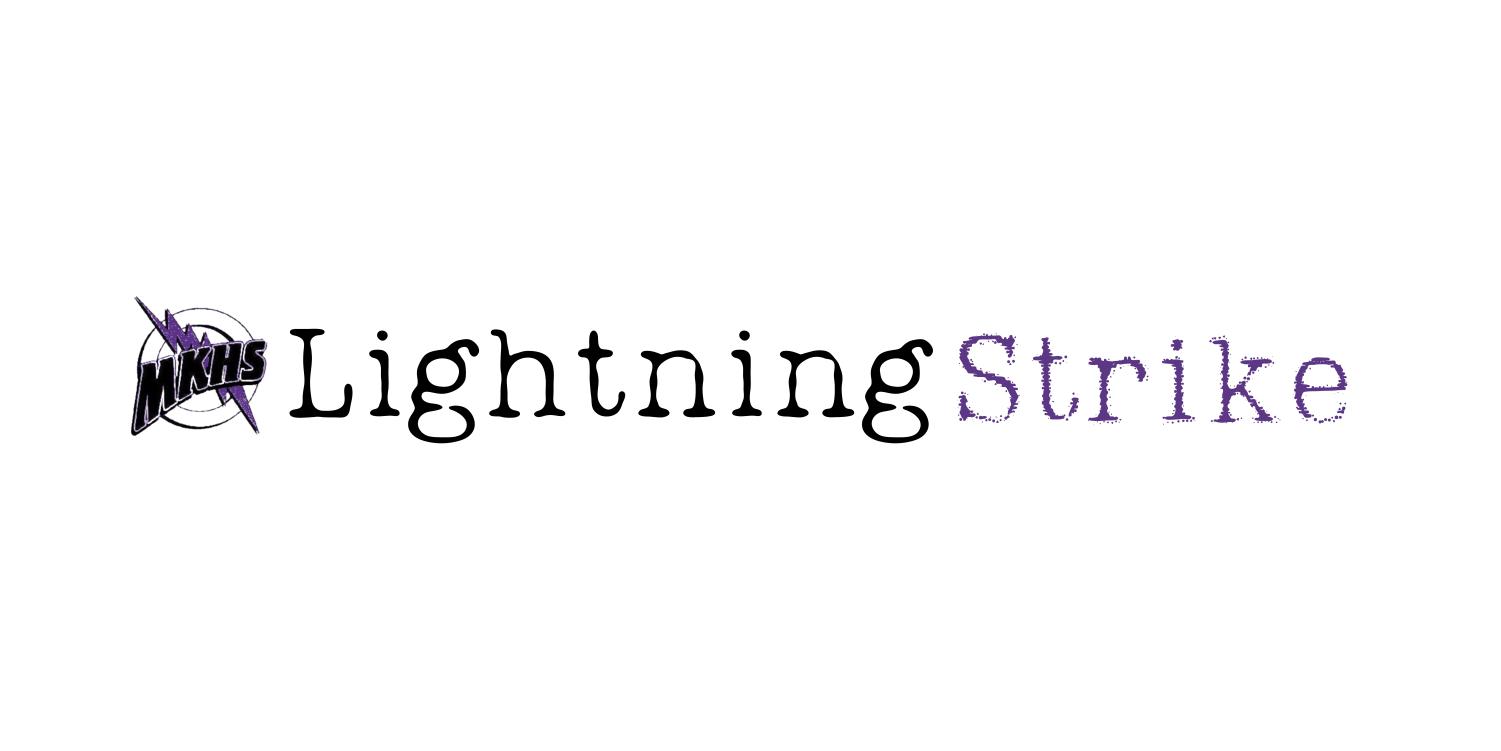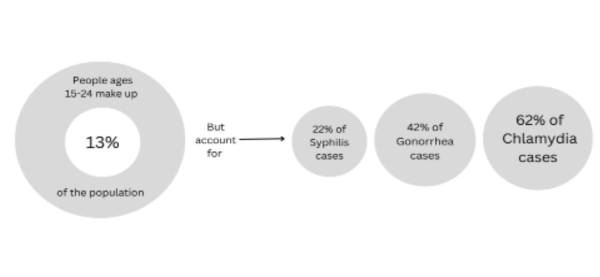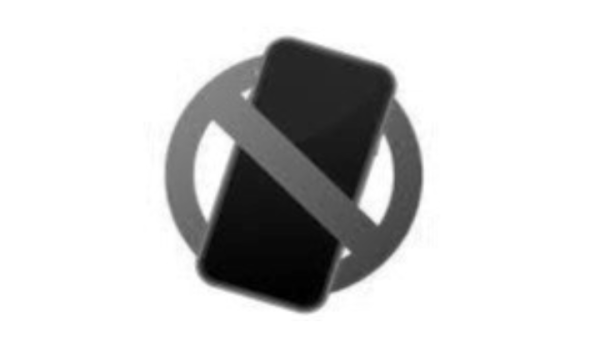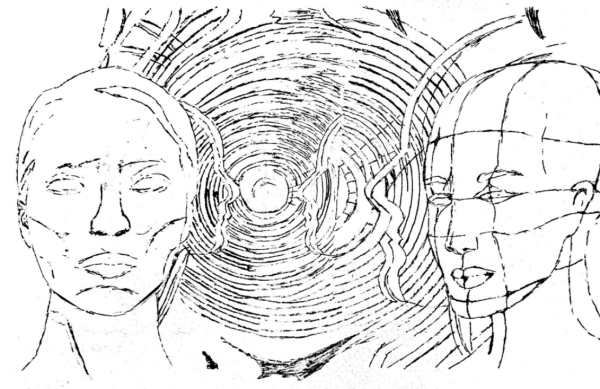Storm names explained
In South Florida, we are most familiar with hurricane season, but these storms happen around the world and can go by different names.
Storms are typically categorized depending on their location and then named based on their size and season.
When a storm develops over either the North Atlantic, eastern North Pacific, or central North Pacific oceans, it is classified as a hurricane. When a storm forms over either the South Pacific or Indian Ocean, it is classified as a cyclone and can be labeled as a typhoon when formed in the Northwest Pacific.
The phrases typhoon, hurricane, and cyclone are all referred to as tropical storms with wind speeds of at least 74 miles per hour. Aside from their locations, they are identical.
According to the National Hurricane Center and Central Pacific Hurricane Center, while California experiences more rainfall during the winter months, hurricane season in Florida undergoes its heavier storms during the summer months. The rest of the eastern Pacific goes through its season takes place from early May to late November.
Here in South Florida and the east coast of the United States, hurricane season typically lasts from around mid-May to late November and usually faces a major hurricane or storm once every three to five years. In the West coast of the U.S. cyclone season also starts June and peaks in mid-September, lasting till November. Since 1900, California has only experienced two storms. Typhoon season lasts from April to November in Japan and averages about 14 times per year, making Japan the most dangerous when it comes to storms.
In South Florida, we are most familiar with hurricane season, but these storms happen around the world and can go by different names. Storms are typically categorized depending on their location and then named based on their size and season.
When a storm develops over either the North Atlantic, eastern North Pacific, or central North Pacific oceans, it is classified as a hurricane. When a storm forms over either the South Pacific or Indian Ocean, it is classified as a cyclone and can be labeled as a typhoon when formed in the Northwest Pacific.
The phrases typhoon, hurricane, and cyclone are all referred to as tropical storms with wind speeds of at least 74 miles per hour. Aside from their locations, they are identical.
According to the National Hurricane Center and Central Pacific Hurricane Center, while California experiences more rainfall during the winter months, hurricane season in Florida undergoes its heavier storms during the summer months. The rest of the eastern Pacific goes through its season takes place from early May to late November.
Here in South Florida and the east coast of the United States, hurricane season typically lasts from around mid-May to late November and usually faces a major hurricane or storm once every three to five years. In the West coast of the U.S. cyclone season also starts June and peaks in mid-September, lasting till November. Since 1900, California has only experienced two storms. Typhoon season lasts from April to November in Japan and averages about 14 times per year, making Japan about one of the most dangerous places to be when it comes to storms.










